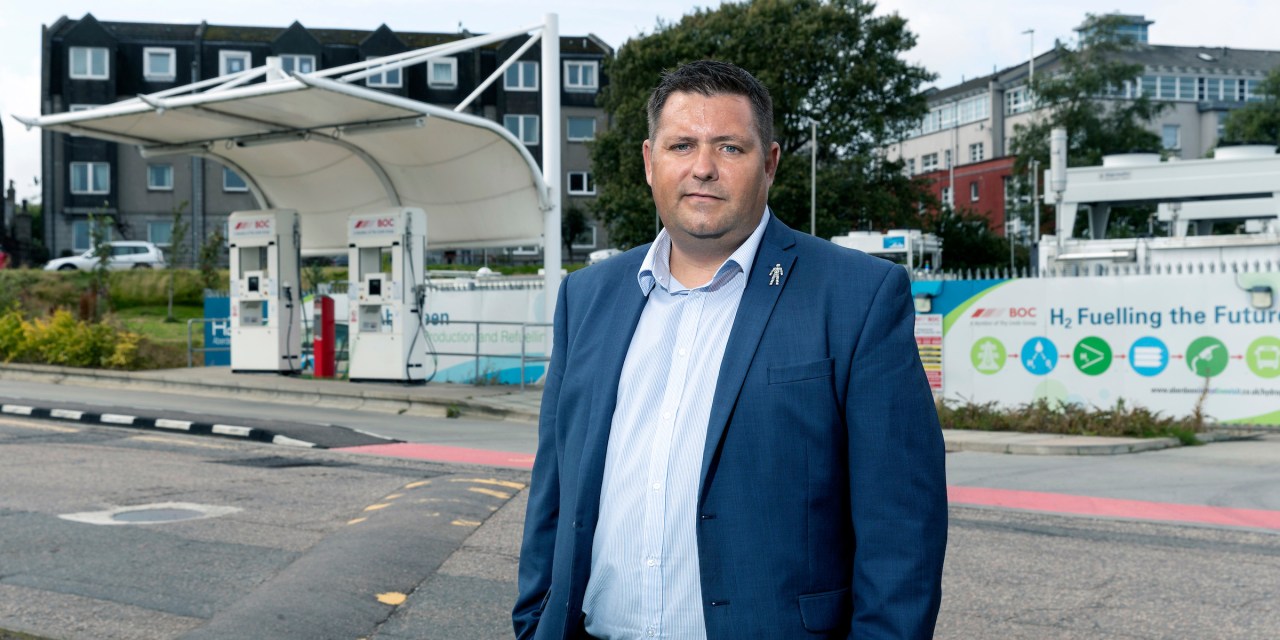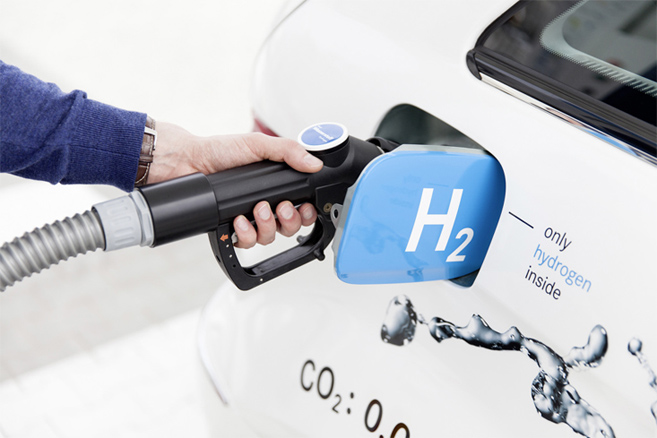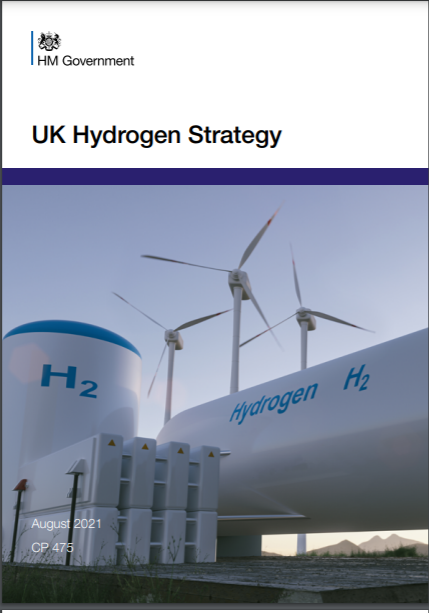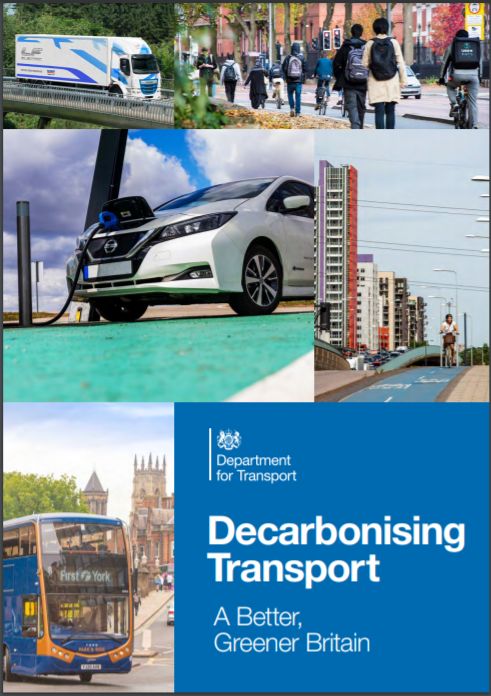
Hydrogen-fuelled vehicles – what councils need to know about a zero-emission transport system
The government’s ‘Road to Zero Strategy’ is driving the transition to zero emissions across all vehicle types for public and private modes of transport. The end of the diesel vehicle is in sight and forward-looking councils and fleet operators are taking action to provide clean public transport alternatives, including their bus fleets.
Mark Griffin, Hydrogen Market Development Manager for Clean Fuels, BOC shares his insights into what councils and local authorities can do to move towards a hydrogen-fuelled public transport system.
Why should councils consider running public transport systems on hydrogen?
There are currently only two options for councils looking for public transport with zero emissions: the pure battery or hydrogen fuel cell electric vehicles. Hydrogen is the most abundant element in the universe and can be produced in a number of ways. The most sustainable method is electrolysis where ‘green hydrogen’ is extracted from water using electricity generated by renewable sources.
Vehicles powered by hydrogen generate zero emissions at the tail pipe – water is the only product and it is clean enough to drink, if you so choose! So, from a city and an individual’s perspective, transporting people in vehicles powered by hydrogen, which reduces air pollution, makes sense for us all.
Should councils shift completely to hydrogen or should they be considering using EVs too?
Councils need to be clear about what their vehicles are going to be used for. There are a range of different requirements within a council’s fleet of vehicles e.g. a pool car that travels short distances between offices could be electric if it has access to charge points and long periods of time between use to ensure that it is adequately charged. Conversely, there are buses and other vehicles that do hundreds of miles per day and require more frequent, fast refuelling and that’s where hydrogen really comes into its own. It takes just 5 minutes to refuel a car and 10 minutes to refuel a bus and a full tank can deliver ranges of around 500km and 350km respectively.
What infrastructure is required for a hydrogen refuelling station?
If you want to make the hydrogen on site, you need an electrolyser. This is how we produce hydrogen at our Kittybrewster refuelling station in Aberdeen. It then needs to be compressed using a compressor to store it efficiently. For refuelling, you need a dispenser to pump it into the vehicle, which is similar to a traditional petrol or diesel fuel pump. BOC offers a complete hydrogen solution for refuelling infrastructure.
Is it costly to install hydrogen infrastructure?
New infrastructure for hydrogen requires capital investment in the same way as electric vehicle charging infrastructure does. BOC works with councils to help them understand the economics around the lifetime cost of ownership, vehicle cost and hydrogen fuel cost. We can also help them understand the benefits including reduced carbon emissions, improved air quality and a reduction in noise pollution.
What practical steps should councils and local authorities be taking right now?
Get in touch with BOC. We can talk to them about the economic case and explain what technology is available. We can help them understand how the hydrogen can be produced and introduce them to the large range of vehicles already on the market – buses, vans, cars, and service vehicles like gritters and refuse lorries, for example.
Change is happening and, as traditional vehicles reach the end of their working lives, councils can be looking to ensure the next set of vehicles is fit for a zero-carbon future. Rather than attempting to change all vehicles in one go, we would encourage councils to transition in stages. This is what happened in Aberdeen, where we worked closely with the council to develop a refuelling station for a fleet of buses, but in over just five years it has been adapted and expanded to accommodate service vehicles and is now also open to the public to refuel cars too. Our experience shows that people find driving and refuelling hydrogen vehicles a similar experience to using a traditional petrol or diesel vehicle, but they quickly discover the benefits of a smoother, quieter and emission free drive.
Councils have the opportunity to regulate how people use vehicles – what can they do to encourage the move to more carbon-efficient travel?
Councils can seek information and advice from experts and help share it widely in their areas and with other potential users. This will really help improve understanding around the benefits that hydrogen can a bring to transport, the capabilities of the vehicles and the available choices. By improving awareness across a region, councils can create demand across a cluster of users, which improves the economic viability for a refuelling station.
It has to be a three-way process – you need someone to control and drive the process, such as a city region, you need a cluster of vehicle users and an infrastructure provider to design and install the refuelling station.
We can show local councils and regions how hydrogen can deliver zero-emission public transport so contact us today by getting in touch with Mark Griffin at h2refuelling@boc.com or find out more at www.boconline.co.uk/hydrogen




